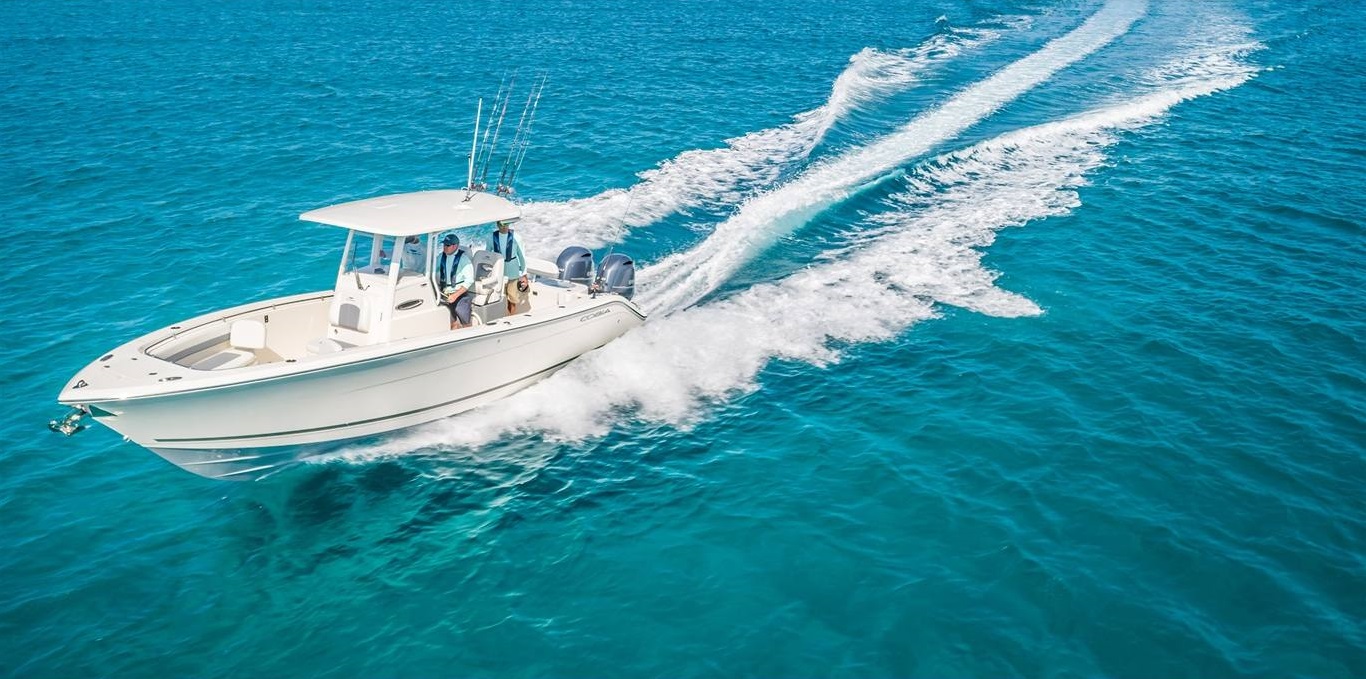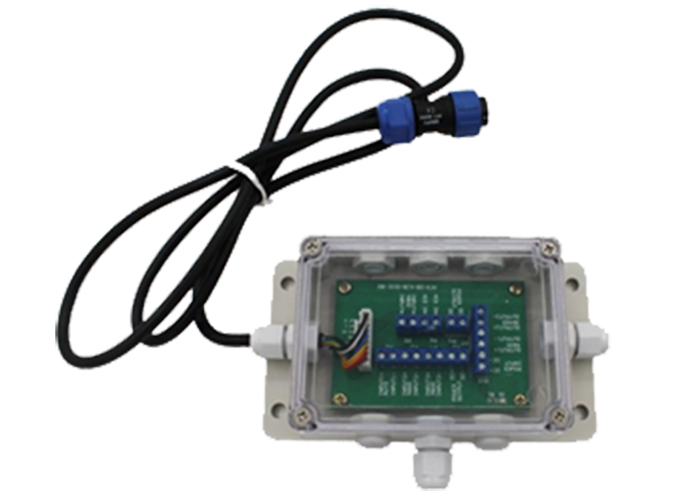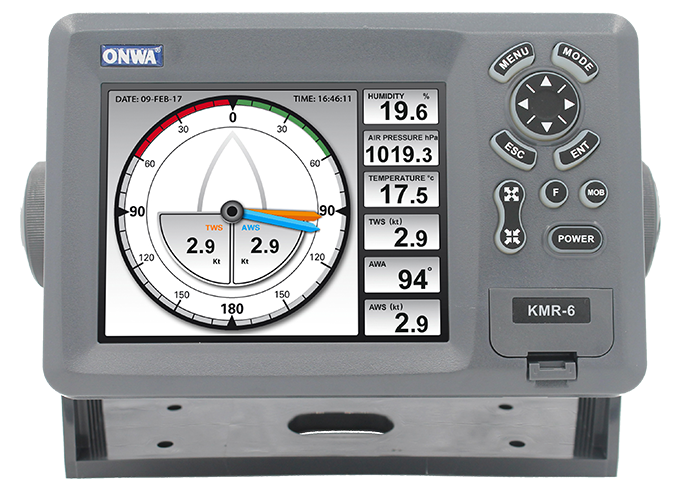What is a Marine Multifunction Display?
A marine multifunction display serves as the linchpin of a boat's electronic navigation systems. Combining various functionalities into a single interface, MFDs streamline the user experience, offering an integrated overview of navigation, radar, sonar, and other critical data. This consolidation not only simplifies the captain's task but also greatly enhances situational awareness and safety on the water.The Evolution of Navigation Tools
From traditional maps to GPS systems, the tools for navigation have continuously evolved, but none have offered as broad and effective a suite of functionalities as the marine multifunction display.Core Functions of MFDs
Delving into the specific capabilities of a marine multifunction display reveals its true value. Navigation, fishfinding, radar data visualization, and even multimedia entertainment can all be accessed through this single device. It's not just a screen; it's a comprehensive control panel for nearly all of a vessel's systems.Technology's Impact on Maritime Safety
The introduction and adoption of the boat multifunction display have marked a significant leap forward in maritime safety. By providing real-time data on boat speed, depth, wind conditions, and potential obstacles, MFDs play a crucial role in preventing accidents and ensuring safe passage through treacherous waters.The Future of Marine Multifunction Displays
As we look to the future, the potential for further innovation within the marine multifunction display market is vast. With advancements in touchscreen technology, integration capabilities, and customization, the next generation of MFDs promises even greater functionality and ease of use.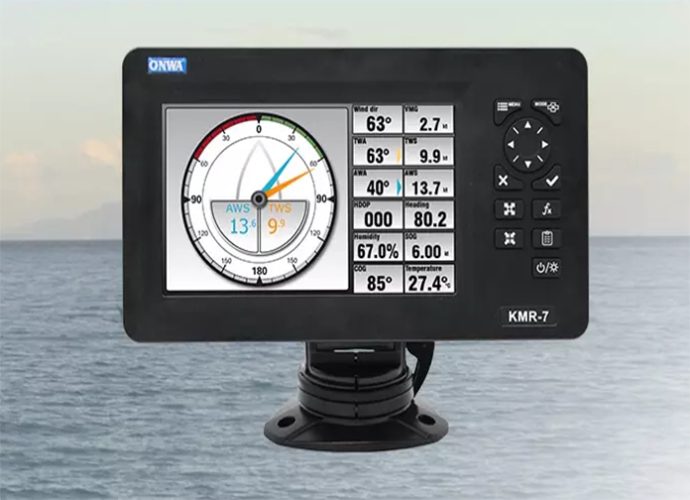
Evolution of Marine MultiFunction Display Technology
Marine navigation has progressed immeasurably from the era of compass and sextant to the advanced digital age. Central to this progression is the marine multifunction display, which has undergone a series of transformations that reflect the broader technological leaps made in the marine industry.Origins and Historical Progression
- From Physical to Digital: The genesis of marine multifunction display technology is traced from the earliest nautical instruments to the first digital electronic aids for navigation.
- Emergence of GPS: The integration of GPS technology into MFDs, transforming the accuracy and capabilities of marine navigation.
- Multifunctionality: The gradual incorporation of multiple systems (radar, sonar, chart plotting) into one device to improve the navigational experience.
Advancements in User Experience and Functionality
- From Buttons to Touchscreens: How the transition from button-controlled interfaces to touchscreens has simplified the operation and made the user experience more intuitive.
- Network Integration: The development of networking systems allows multifunction displays for boats to connect with various onboard instruments and sensors, compiling comprehensive data in a central unit.
- Smart Features and Connectivity: Highlighting the inclusion of smart technologies like Wi-Fi, Bluetooth, and app integration that have expanded the capabilities and accessibility of the MFD.
- Impact on Safety and Decision Making: Discuss how these technological advancements have not only improved convenience but also enhanced safety by providing accurate real-time data and predictive analytics to support critical decision-making at sea.
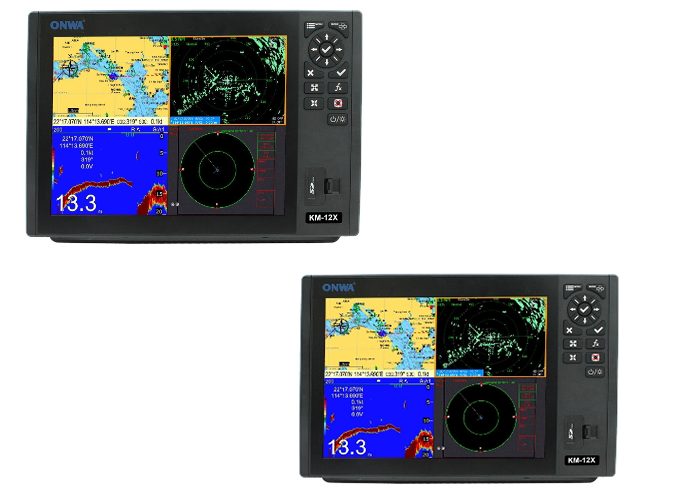
Choosing the Right Marine MultiFunction Display for Your Vessel
Selecting the ideal marine multifunction display (MFD) integrates technology with the specific needs of your vessel and your navigation habits. This decision is pivotal in enhancing your maritime journey, offering a balance between functionality, compatibility, and value.Key Considerations
- Size and Readability: The display size of the marine multifunction display should complement the helm of your vessel without overwhelming it. Equally important is its readability in various environmental conditions, including bright sunlight and night settings, to ensure constant and reliable data access.
- Compatibility with Marine Electronics: A seamless integration with existing electronic devices abroad enhances the utility of the marine multifunction display. Assess the compatibility with your vessel's current systems, such as radar, sonar sensors, and autopilot functionalities, for a cohesive navigation experience.
- Ease of Use and Customization Options: Navigate towards a marine multifunction display that offers an intuitive user interface and customizable options that cater to your preferences and navigational routines. The ease of plotting courses, altering display settings, and accessing vital information should be a prime consideration.
Features to Look For
- Essential vs. Advanced Functionalities: Basic functionalities, like GPS and chart plotting, are indispensable; however, advanced features such as 3D chart plotting, integrated WiFi/Bluetooth, and multi-source compatibility can significantly enhance your navigation and connectivity.
- Integration Capacities: The ability of the marine multifunction display to integrate and display information from various data sources, including AIS, weather information, and engine diagnostics, adds layers of safety and awareness.
- Upgradability: Look for a marine multifunction display that offers the potential for software upgrades, ensuring that your system remains current with the latest navigational technology and features.
Pricing and Value
- Assessing the Cost-Value Equation: When gauging the value of a marine multifunction display, align its price with the spectrum of features and the longevity it offers to your maritime ventures. More expensive units often provide a broader range of functionalities and better durability.
- Considering Used MFD Units: For those with a constrained budget, purchasing a used marine multifunction display can be a feasible avenue, provided it’s in excellent condition and offers substantial operational efficiency.
- Warranty and Support: Evaluate the warranty and customer support services provided with your marine multifunction display, as these elements add value to your purchase by ensuring peace of mind and assistance when needed.
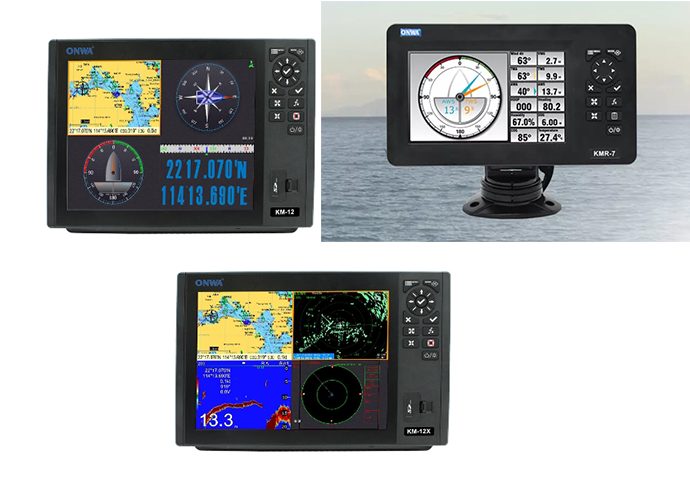
Special Features of Marine MultiFunction Display
The Marine MultiFunction Display (MFD) fuses innovation and practicality, offering features that surpass the traditional facets of maritime navigation. It amalgamates a suite of features, including advanced chart plotter integration, sonar and radar functionality, as well as the luxury of touchscreens and custom user interfaces.Advanced Navigational Capabilities
- Advanced Chartplotter Integration: The marine multifunction display is equipped with integrated chartplotters that enable precise and detailed navigation. It provides real-time information overlay, including AIS targets, radar data, and waypoint routes, simplifying the navigational picture.
- Sonar Integration: Incorporated sonar capabilities help detect underwater obstacles, monitor depth, and even track marine life, making it an invaluable tool for fishermen.
- Radar Functionality: MFDs allow radar data integration to observe and track vessels in your vicinity, weather patterns, and landmasses, significantly increasing safety during low-visibility conditions.
Interface Convenience and Customization
- Touchscreen Luxury: A key feature of many modern marine multifunction displays is the incorporation of intuitive touchscreen interfaces, making the operation of complex capabilities as easy as using a smartphone.
- User Customization: The marine multifunction display allows users to customize the display as per their preferences and needs. Users can set up split screens, prioritize data, and even adjust color patterns for optimal readability.
- Integration of Control: MFDs offer centralized control, integrating different systems like lighting, autopilot, and media onto a single screen, making vessel management more convenient and efficient.
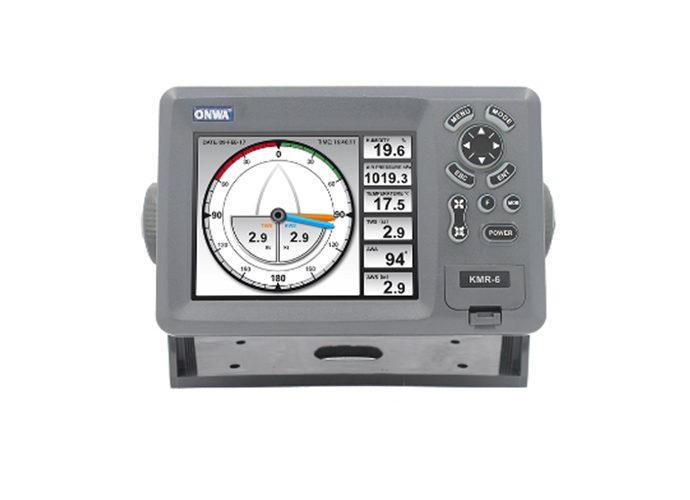
Integrating Marine MultiFunction Displays with Other Marine Equipment
The marine multifunction display (MFD) serves as the heart of a vessel's electronic navigation and control systems, proving its worth beyond mere chart plotting. The real game-changer lies in its ability to integrate seamlessly with other onboard systems and equipment, transforming how mariners interact with their boats. This integration not only simplifies the process of managing various devices but also significantly enhances safety, efficiency, and convenience.Importance of Integration with Onboard Systems
- Unified Control System: By integrating the marine multifunction display with onboard systems such as lighting, power controls, and engine data, a unified control system is created. This allows for easier management of the vessel's various functions, often achievable from a single screen.
- Enhanced Safety: Integration facilitates the centralization of critical information, including alarm systems and engine monitoring. This ensures immediate access to important data that can dictate quick decision-making in emergency situations.
- Streamlined Operations: The ability to manage and control multiple systems from the marine multifunction display streamlines operations, making it easier for the crew to monitor and adjust settings as needed, which is invaluable in maintaining vessel performance and comfort.
Utilizing MFDs for Navigational Aids
- Fishfinding and Depth Monitoring: Modern MFDs come equipped with sonar capabilities allowing them to function as advanced fishfinders. This integration is crucial for fishermen and those navigating tricky waters, as it provides real-time insights into water depth, bottom contour, and the presence of fish.
- Advanced Navigational Aids: Beyond traditional chart plotting, marine multifunction displays integrate with radars, AIS, and other navigational aids to offer enhanced situational awareness. This includes overlaying radar images over charts for better navigation through congested waters or poor visibility.
- Weather Monitoring: Through integration with satellite and internet-based weather services, MFDs can deliver real-time weather updates and forecasts. This capability is critical for route planning and making informed decisions based on upcoming weather conditions.
Marine MultiFunction Display Installation and Integration
Proper installation and integration of a marine multifunction display are pivotal to maximizing its benefits and ensuring its high performance. When considering adding or upgrading a marine multifunction display, awareness of installation prerequisites and compatibility with marine networking protocols is crucial. Through systematic planning and technical know-how, you can ensure that your marine multifunction display serves as a reliable and cohesive part of your vessel's navigational suite.Installation Considerations for Seamless Integration
The process of integrating a marine multifunction display with your vessel's current systems necessitates several key considerations:- Assessment of Vessel’s Existing Systems: Prior to installation, it is important to evaluate existing marine electronics to determine how they will interact with the new MFD.
- Planning for Physical Installation: The placement of the marine multifunction display should afford optimal visibility and accessibility while conforming to spatial limitations and power source availability.
- Electrical Compatibility: Ensuring that the MFD is compatible with the vessel’s power system is vital to avoid any electrical issues.
- Data Sharing Among Systems: The marine multifunction display should be capable of receiving and transmitting data to other systems on the vessel, facilitating a harmonious exchange of information.
Compatibility with Marine Networking Protocols
- Understanding NMEA 2000: The National Marine Electronics Association (NMEA) 2000 networking standard allows different marine electronic devices to communicate with each other. When installing a marine multifunction display, it is paramount that it supports the NMEA 2000 protocol to guarantee seamless data exchange with other devices onboard.
- Ethernet Integration: Many modern marine multifunction displays also use an Ethernet connection, which is particularly useful for sharing more substantial data streams, such as high-definition radar and sonar images.
- Future-Proofing: To ensure longevity and adaptability, consider an MFD that is readily updatable to keep pace with evolving technologies and networking protocols.
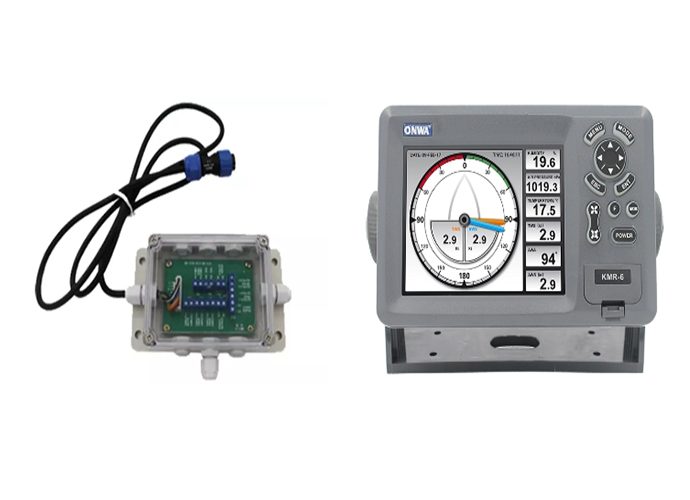
Future Trends in Marine MultiFunction Display Technology
Advancements in technology continually infinity loop the marine sector, and the marine multifunction display is no exception to this progression. Far from just being a static navigational tool, it has increasingly become a dynamic hub of operations, communication, and navigational intelligence onboard every modern vessel. The fleet of innovation demonstrates no sign of slowing down, with future advancements promising to transform how mariners interact with their surroundings and manage their vessels.Predictions for Future Advancements
- Augmented Reality Displays: Augmented Reality (AR) has the potential to drastically elevate MFD capabilities by overlaying essential data onto live displays, providing real-time navigation aids. By integrating AR technologies, the marine multifunction display would turn into an interactive assistive tool, transforming navigational data into a vivid visual context.
- Integration with Personal Devices: As connectivity increases, so does the demand for integration with personal devices such as smartphones and tablets. Future MFDs are likely to offer increased cross-platform compatibility, allowing users to control various MFD features, receive alerts, and monitor vital data remotely through their personal devices.
- Enhanced Autonomous Navigation: The marine multifunction display technology is all set to play a crucial role in autonomous navigation. With advancements in artificial intelligence and machine learning, future MFDs will include enhanced capabilities for predictive navigation, evolutionary weather routing, and even automatic collision avoidance.
>>Click here view more
